Figures & data
Figure 1. Map of (A) Aotearoa/New Zealand (inset) showing location of Chatham Rise, study area (black filled rectangle), Mid Chatham Rise Benthic Protection Area (BPA) and Chatham Rock Phosphate’s Mineral License and Mineral Permit areas (numbered), and (B) study area showing location of reference site (black X) and Butterknife feature (black rectangle), with multibeam echosounder backscatter background showing areas of high and low reflectivity (white and dark grey shading, respectively).
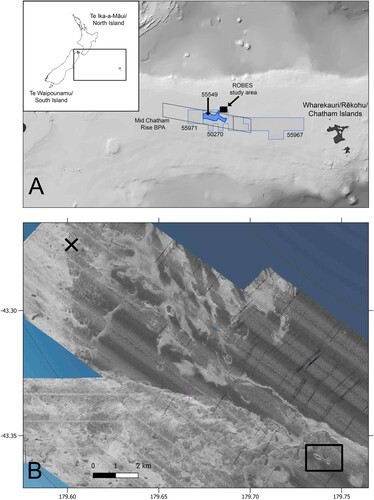
Figure 2. Butterknife feature showing location of directly disturbed sites (DI; grey filled circles), undisturbed or indirectly disturbed sites (UI; black diamonds), trajectory of Sediment Cloud Inducing Plow (SCIP) when in contact on the seabed (light blue) and location of the three landers (white crosses; L1-L3). Multibeam echosounder backscatter background shows areas of high and low reflectivity (white and dark grey shading, respectively).

Figure 3. The Sediment Cloud Induction Plough (SCIP) used during the Butterknife disturbance experiment, showing (a) tickler chain, (b) tynes, and (c) harrow mat.
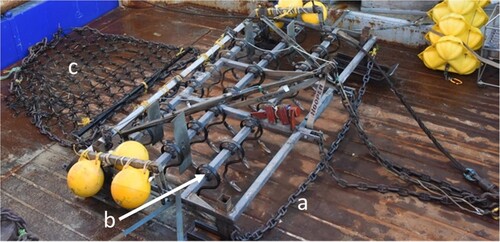
Table 1. Details of study sites on the Chatham Rise Butterknife feature during the ROBES voyages TAN1903 (Pre- and Post-disturbance) and TAN2005 (One year post-disturbance). DI = directly and indirectly disturbed; UI = undisturbed or indirectly disturbed; x = collected sample; ns = no sample.
Figure 4. Turbidity measurements from three benthic landers positioned around the Butterknife. Benthic landers 1, 2 and 3 are labelled L1, L2 and L3, respectively. Lander 1 was positioned closest to the Butterknife and Lander 3 was furthest (see ). Red labels indicate the time at which sampling and disturbance events took place. FTU = Formazin Turbidity Unit (Nodder et al. Citationin prep; see also Clark et al. Citation2019).
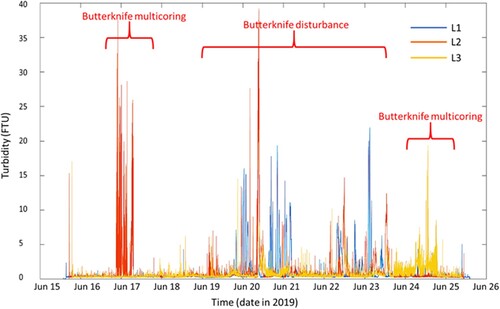
Figure 5. Sediment characteristics (C:N ratio, chlorophyll a (Chl a), total organic matter (TOM), mud content (%silt/clay) and water content (%H2O)) at directly and indirectly disturbed (DI; grey bars), undisturbed or indirectly disturbed (UI; black bars) and reference sites (white bars) prior to disturbance, immediately post-disturbance, and one year post-disturbance (mean and standard deviation). Data for the 0–1 cm layer are shown on the left-hand side graphs and corresponding data for the 1–5 cm layer on the right-hand side graphs. White bars with dotted outline show values that were measured pre-disturbance at the reference site but shown next to post-disturbance bars for ease of comparison.
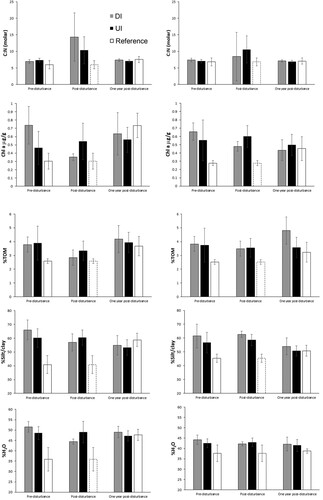
Table 2. PERMANOVA results showing significance testing for the effect of factors Time (Pre-disturbance, post-disturbance, and one year post-disturbance) and Disturbance (directly and indirectly disturbed (DI) versus undisturbed or indirectly disturbed (UI)) and their interaction on multivariate sediment parameters. Separate analyses were conducted for the 0–1 and 1–5 cm sediment layers as well as the two layers combined (0-5 cm).
Table 3. Results of SIMPER analyses showing the environmental factors responsible for differences among sampling times, i.e. pre- versus post-disturbance, pre – versus one year post-disturbance and post – versus one year post-disturbance, for the 0–1 and 1–5 cm sediment layers. % Cum. Contrib. = cumulative percentage contribution to dissimilarity in sediment characteristics. C:N = molar carbon to nitrogen ratio in sediment organic matter (i.e. molar POC:PN); TOM = %total organic matter; PN = %sediment particulate nitrogen; POC = %sediment particulate organic carbon; Silt/clay = %silt/clay; Chl a = sediment chlorophyll a in µg/g dry sediment; Phaeo = sediment phaeopigments in µg/g dry sediment.
Figure 6. Meiofaunal community parameters (abundance, richness, Shannon diversity H’10 and Pielou’s eveness J’) at directly and indirectly disturbed (DI; grey bars), undisturbed or indirectly disturbed (UI; black bars) and reference sites (white bars) prior to disturbance, immediately post-disturbance, and one year post-disturbance (mean and standard deviation). Data for the 0–1 cm layer are shown on the left-hand side graphs and corresponding data for the 1–5 cm layer on the right-hand side graphs. White bars with dotted outline show values that were measured pre-disturbance at the reference site but shown next to post-disturbance bars for ease of comparison.
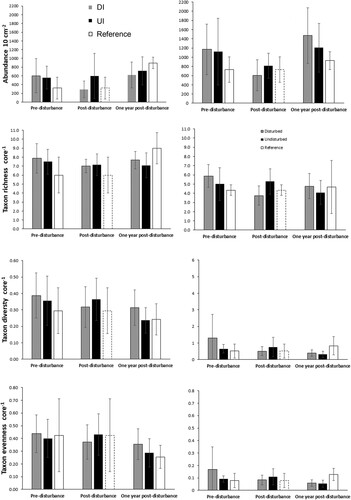
Table 4. Mean abundance (ind. 10 cm-2) of meiofauna taxa at the Reference and Butterknife sites in surface (0-1 cm) and subsurface sediment layers (1-5 cm).
Table 5. Summary of meiofaunal univariate community parameters at the disturbed, undisturbed and reference sites sampled pre-, post-, and one year post-disturbance (means, and standard deviations in brackets). Data are shown for the 0–1 cm, 1–5 cm and combined 0–5 cm sediment layers. N = abundance 10 cm-2; S = taxon richness; H′10 = Shannon diversity; J′ = taxon evenness.
Table 6. PERMANOVA results showing significance testing for the effect of factors Time (Pre-disturbance, post-disturbance, and one year post-disturbance) and Disturbance (directly and indirectly disturbed (DI) versus undisturbed or indirectly disturbed (UI)) and their interaction on meiofaunal community parameters. Separate analyses were conducted for the 0–1 and 1–5 cm sediment layers as well as the two layers combined (0-5 cm).
Table 7. Results of SIMPER analyses showing the meiofaunal taxa responsible for differences in multivariate community structure at directly and indirectly disturbed (DI) and undisturbed or indirectly disturbed sites (UI) combined among sampling times, i.e. pre – versus post-disturbance, pre – versus one year post-disturbance and post – versus one year post-disturbance, for the 0–1 and 1–5 cm sediment layers. Diss/SD = dissimilarity to standard deviation ratio; Contribution % = percentage contribution to dissimilarity in community structure.
Figure 7. Two-dimensional multidimensional scaling (nMDS) plot of square root-transformed meiofaunal taxon abundance data at combined directly and indirectly disturbed (DI) and undisturbed or indirectly disturbed (UI) sites (top) and their centroids (bottom) sampled pre-disturbance (circles), immediately post-disturbance (diamonds) and one year post-disturbance (crosses). Data are shown for the meiofaunal communities in the 0–1 cm sediment layer (grey symbols) and 1–5 cm sediment layer (black symbols) separately. See for results of PERMANOVA analysis.
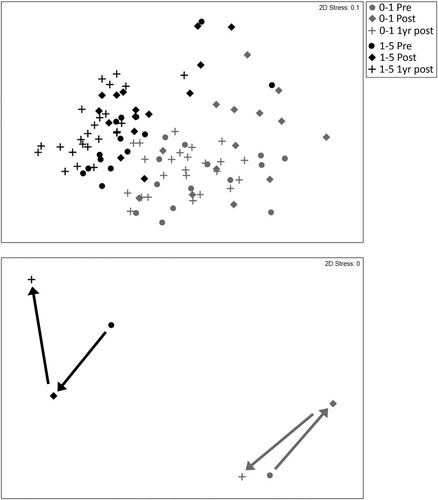
Table 8. Results of DistLM analyses showing correlations between environmental parameters and meiofauna community structure post-disturbance and 1 year post disturbance (combined directly and indirectly disturbed (DI) and undisturbed or indirectly disturbed sites (UI)). TOM = %total organic matter; C:N = molar carbon to nitrogen ratio in sediment organic matter (i.e. molar POC:PN); PN = %sediment particulate nitrogen; POC = %sediment particulate organic carbon; Silt/clay = %silt/clay; Chl a = sediment chlorophyll a in µg/g dry sediment; Phaeo = sediment phaeopigments in µg/g dry sediment.
